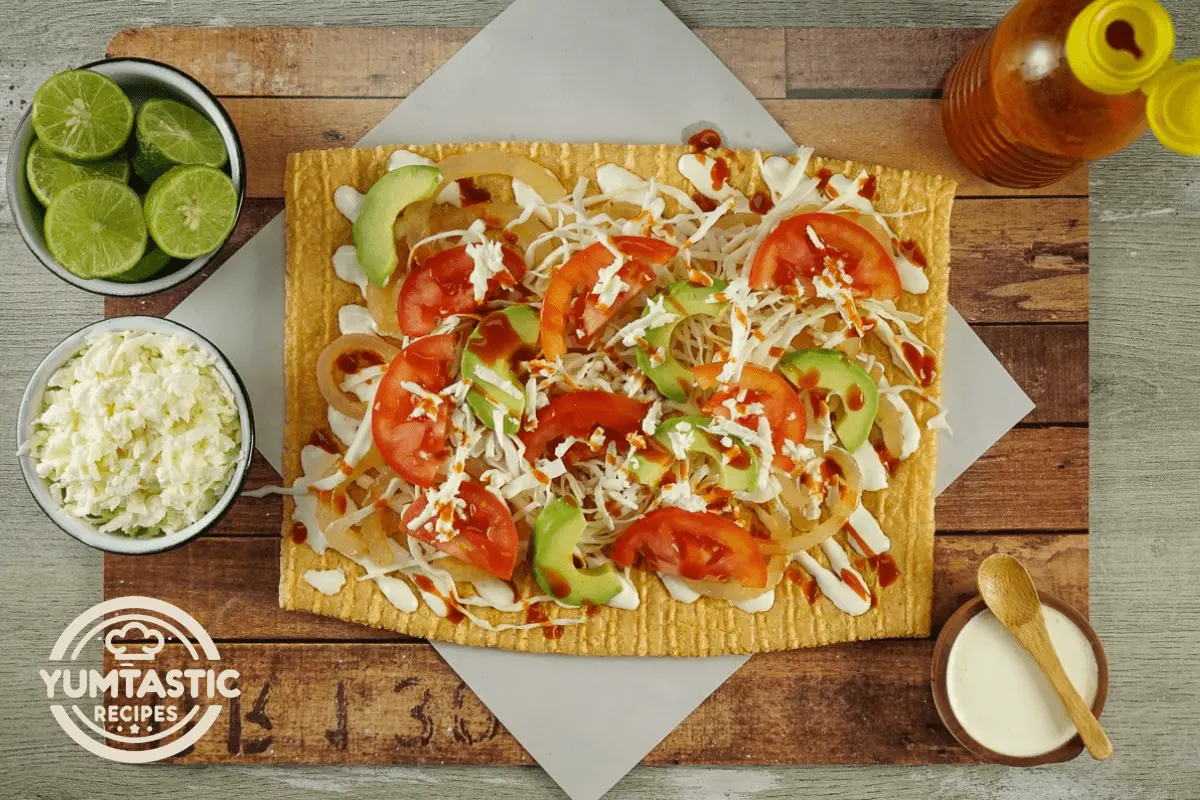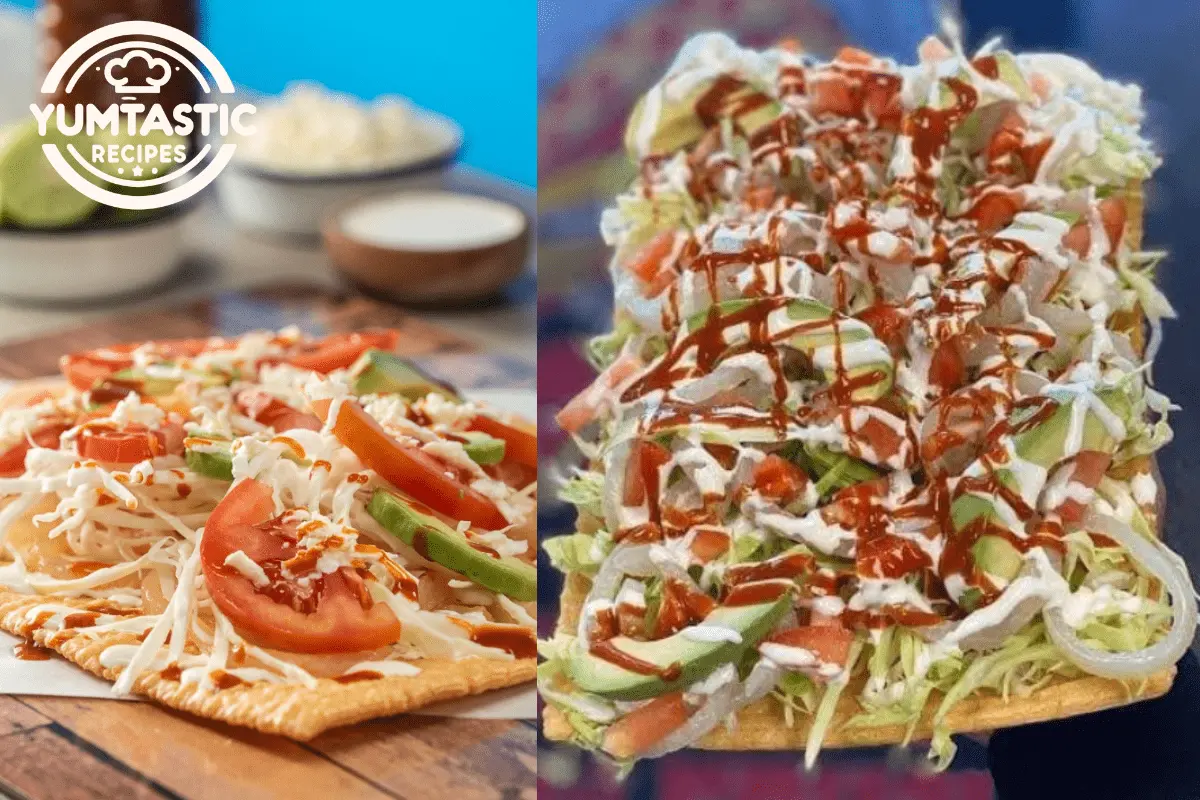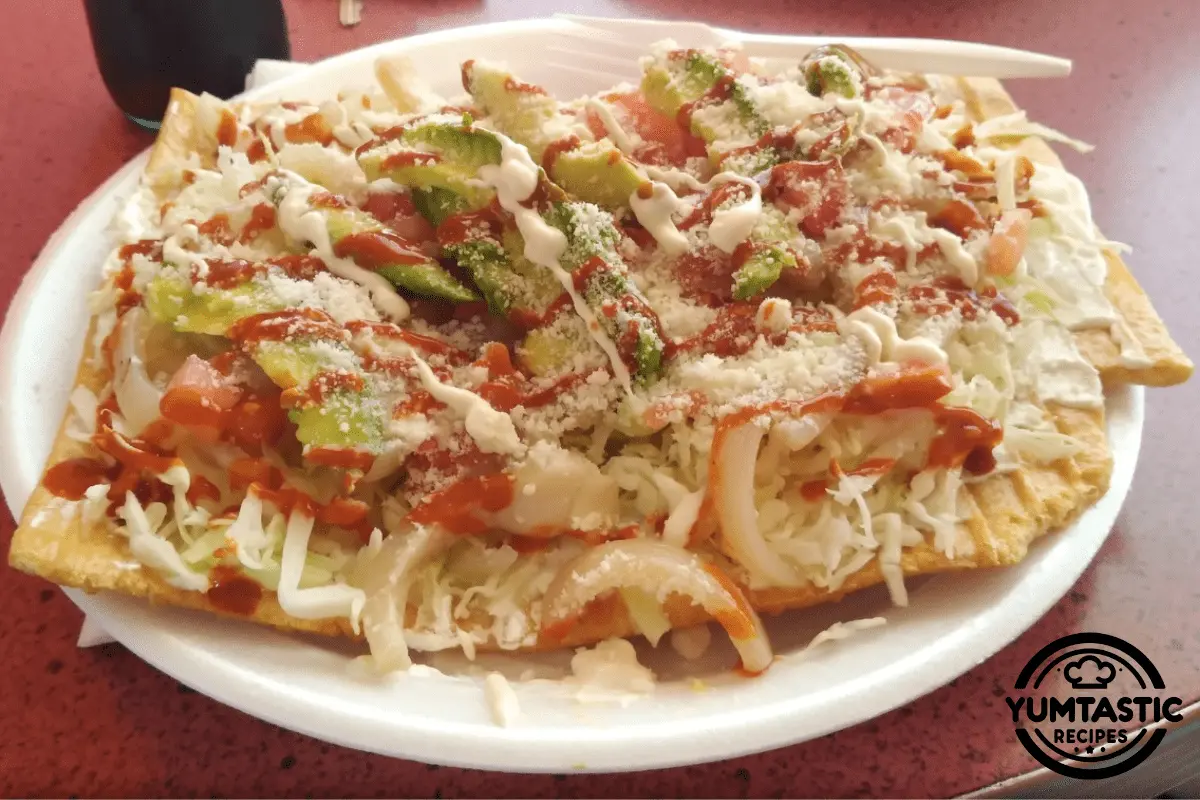In this comprehensive exploration of Chilindrinas, a beloved snack steeped in rich cultural heritage, we delve into its origins, preparation methods, and variations. We’ll also touch upon its nutritional aspects and its unique place in popular culture. From traditional recipes to modern twists, this article promises to be a delightful journey through the world of Chilindrinas.
Understanding Chilindrinas
Definition and Origin
Chilindrinas, a name that resonates with the echoes of Mexican streets and festive gatherings, is more than just a snack; it’s a culinary emblem. Originating from the heart of Mexico, this snack has woven its way through the fabric of Mexican culture, becoming a staple in street food and family kitchens alike. The term Chilindrinas itself is a nod to the snack’s playful and rustic nature, reminiscent of the laughter and joy that accompanies its consumption.
Cultural Significance
The significance of Chilindrinas extends beyond its taste. It’s a symbol of communal bonding and cultural identity. Often found in local markets and street corners, it brings people together, serving as a common thread in diverse Mexican communities. Its presence at festivals and family gatherings underscores its role in celebrating Mexican heritage and traditions.
In every crunchy bite of Chilindrinas, there’s a story to be told – a story of tradition, community, and the simple joys of life. As we explore further, we’ll uncover the secrets of its preparation and the various ways it has been embraced and adapted across regions, reflecting the dynamic nature of Mexican cuisine.
Stay tuned as we dive into the heart of Chilindrinas in the next segment, where we’ll explore the ingredients and steps involved in bringing this delightful snack to life.
Ingredients and Preparation
Key Ingredients
The magic of Chilindrinas lies in its simplicity and the harmonious blend of its ingredients. At its core, the snack comprises a base of crispy fried dough, typically made from wheat flour. This crunchy foundation is then adorned with a variety of toppings that bring color, texture, and flavor to the dish. Common toppings include shredded cabbage, sliced cucumbers, queso fresco (a type of fresh cheese), and a generous drizzle of crema – a Mexican-style sour cream. The final touch, adding a burst of flavor and heat, comes from a spicy salsa or hot sauce, often homemade, and a sprinkle of chili powder.
Step-by-Step Preparation Guide
Making the Dough: Begin by mixing wheat flour with water, a pinch of salt, and baking powder. Knead the mixture into a smooth dough and let it rest. This resting period allows the gluten in the flour to relax, ensuring a crispy texture upon frying.
Shaping and Frying: Divide the dough into small portions and roll them out into thin circles. Fry these in hot oil until they puff up and turn golden brown, signifying a perfect crunch.
Assembling the Chilindrinas: Once the fried dough is ready and slightly cooled, it’s time to layer the toppings. Start with a bed of shredded cabbage and cucumber slices for a fresh crunch. Then, sprinkle crumbled queso fresco for a mild, creamy contrast.
Adding the Final Flavors: Generously drizzle crema over the top, followed by your choice of spicy salsa or hot sauce. The creaminess of the crema beautifully balances the heat from the salsa. Finish with a sprinkle of chili powder for an extra kick.
Similar to the detailed process of making Chocolate Pound Cake, preparing Chilindrinas allows for a creative and enjoyable cooking experience. The beauty of Chilindrinas lies in its versatility. While these are the traditional toppings, feel free to get creative and add your own twist. Some popular variations include adding pickled vegetables, different types of cheese, or even a squeeze of lime for a zesty finish.
Variations and Serving
Regional Variations of Chilindrinas
Chilindrinas is not just a snack; it’s a canvas for culinary creativity. Across Mexico, various regions have embraced and adapted this dish, infusing it with local flavors and ingredients. In some areas, the addition of tangy pickled red onions adds a zesty note, while in others, a layer of refried beans provides a hearty, comforting element. In coastal regions, you might find a seafood twist with toppings like shrimp or fish, marrying the ocean’s bounty with the classic Chilindrinas base.
Just as the Conch Salad represents the Caribbean’s unique flavors, Chilindrinas showcases the diversity within Mexican cuisine. Each regional variation of Chilindrinas not only reflects the local palate but also tells a story of the region’s history and its people. From the bustling streets of Mexico City to the serene beaches of the Yucatan, Chilindrinas serves as a delicious testament to Mexico’s diverse culinary landscape.
Serving and Pairing Ideas
When it comes to serving Chilindrinas, the possibilities are as varied as its toppings. Traditionally, it’s enjoyed as a street food, served on simple paper plates, perfect for on-the-go snacking. However, it can also be a festive dish, presented at gatherings and celebrations, where its vibrant colors and flavors light up the table.
Pairing snacks with beverages is an art in itself. A cold, refreshing agua fresca, such as hibiscus or tamarind, complements the spicy and savory notes of many dishes. For those who prefer something with a bit more kick, a classic Mexican beer or a michelada (beer with lime juice, assorted sauces, spices, and peppers) makes an excellent companion to bold flavors.
Nutritional Value and Health Aspects
Health Benefits and Concerns
While Chilindrinas is undeniably a treat for the taste buds, it’s also worth considering its nutritional aspects. The base, made from wheat flour, provides carbohydrates, essential for energy. When topped with fresh vegetables like cabbage and cucumber, it gains a boost of vitamins and fiber, contributing to a balanced diet.
However, as with any fried food, moderation is key. The frying process adds fats, and the toppings, while delicious, can increase the calorie count. For a healthier twist, consider baking the dough instead of frying, or using a light spray of oil for a less calorie-dense version.
Nutritional Breakdown
A typical serving of Chilindrinas can vary in its nutritional content based on the toppings and preparation method. Generally, a serving contains carbohydrates from the dough, protein from the cheese, and a variety of vitamins and minerals from the fresh toppings. The crema and salsa add minimal protein but can contribute to the fat and sodium content.
Dietary Considerations
For those with dietary restrictions, Chilindrinas can be easily adapted. Gluten-free flour can replace wheat flour for those with gluten sensitivities. Dairy-free cheese and creams offer alternatives for lactose-intolerant individuals. The inherent versatility of Chilindrinas makes it a snack that can be enjoyed by many, regardless of dietary needs.
In the next part of our exploration, we’ll dive into its role in popular culture. From its depiction in media to its presence in festivals, we’ll see how this humble snack has become a cultural icon.
Chilindrinas in Popular Culture
Representation Chilindrinas in Films and Literature
Chilindrinas has moved beyond the kitchen into films and literature. In Mexican cinema, bustling street scenes often show vendors selling this snack. It’s a staple of everyday life. Literature echoes this, with authors using Chilindrinas to symbolize Mexican culture’s warmth and vibrancy.
These media portrayals highlight Chilindrinas‘ popularity. They also preserve and promote Mexican culinary traditions. They remind us of the snack’s rich gastronomic heritage and its cultural significance.
Festivals and Celebratory Events
Chilindrinas is a staple at festivals and events, underscoring its role in Mexican culture. It’s a common feature during national holidays, local fairs, and family gatherings. Sharing Chilindrinas is more than just eating together; it’s about unity and joy.
At these events, Chilindrinas is more than food. It’s part of the celebration, adding to the festive atmosphere. Its adaptability makes it perfect for any event, big or small.
Commonly Asked Questions About Chilindrinas
Preparation Queries
Q: Can I make Chilindrinas gluten-free?
A: Absolutely! You can substitute the wheat flour with a gluten-free alternative to cater to dietary needs without compromising the snack’s traditional texture and taste.
Q: Is there a way to make Chilindrinas healthier?
A: Yes, for a healthier version, consider baking the dough instead of frying. You can also top it with a variety of fresh vegetables to increase its nutritional value.
Nutritional Concerns
Q: Are Chilindrinas high in calories?
A: The calorie content largely depends on the preparation method and toppings. Fried Chilindrinas with rich toppings can be higher in calories. Opting for baked versions and using fresh, light toppings can reduce the calorie count.
Q: Is Chilindrinas suitable for a vegetarian diet?
A: Yes, traditionally, Chilindrinas are vegetarian-friendly. However, always check the ingredients of the toppings, especially if you’re eating out or trying a new variation.
Cultural Questions
Q: How important are Chilindrinas in Mexican cuisine?
A: Chilindrinas hold a special place in Mexican cuisine. They are not only a popular street food but also a part of the cultural and culinary heritage, reflecting the diversity and richness of Mexican gastronomy.
Q: Can Chilindrinas be found outside of Mexico?
A: Yes, with the global spread of Mexican cuisine, Chilindrinas have made their way to various countries. They can often be found in Mexican restaurants or food festivals worldwide.
Celebrating Chilindrinas – A Culinary Emblem of Mexican Heritage
As we wrap up our exploration of Chilindrinas, it’s clear that this snack is much more than a simple culinary delight. Firstly, its journey from a traditional Mexican street food to a symbol of cultural heritage is nothing short of remarkable. Moreover, the versatility of Chilindrinas in terms of ingredients and preparation methods makes it a unique dish that can be enjoyed in countless ways.
Furthermore, the nutritional aspects of Chilindrinas reveal a balance between indulgence and health. While it’s a fried snack, the addition of fresh vegetables and the possibility of healthier adaptations ensure that it can fit into various dietary preferences. Additionally, its presence in films, literature, and festivals highlights its deep-rooted significance in Mexican culture. This is not just a snack; it’s a celebration of community, tradition, and the joy of sharing.
Equally important, the various regional variations of Chilindrinas showcase the diversity within Mexican cuisine itself. Each region adds its own twist, reflecting local tastes and ingredients. Consequently, Chilindrinas serves as a delicious canvas for culinary creativity and innovation.
In conclusion, Chilindrinas stands as a testament to the rich culinary landscape of Mexico. It embodies the spirit of Mexican cuisine – vibrant, diverse, and deeply communal. Whether you’re enjoying it as a street snack or as part of a festive meal, Chilindrinas offers a taste of Mexico’s heart and soul. Therefore, the next time you bite into this crunchy, flavorful snack, remember that you’re not just savoring a dish; you’re experiencing a piece of cultural history.


